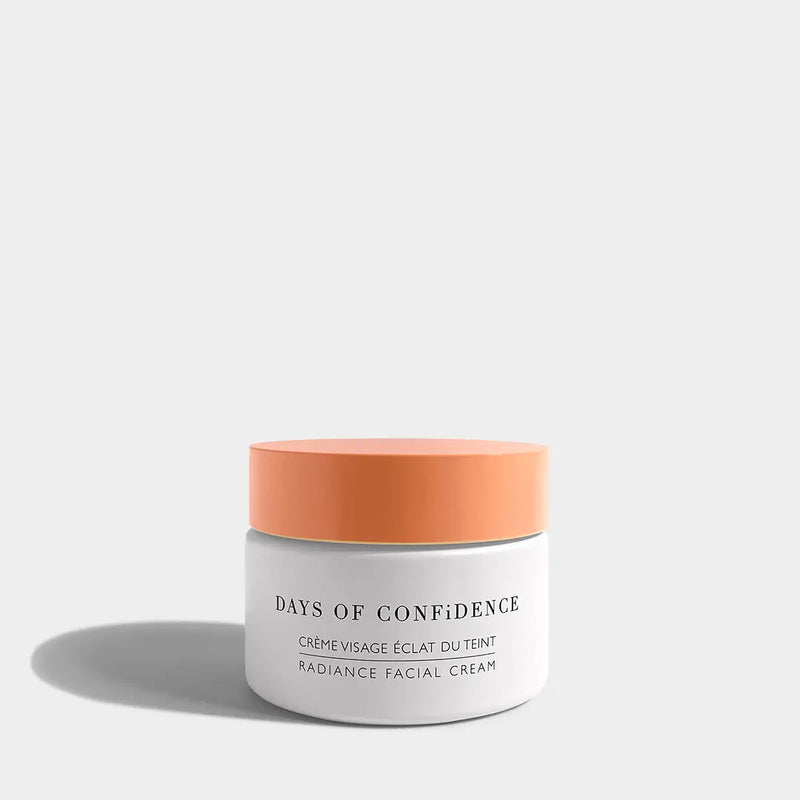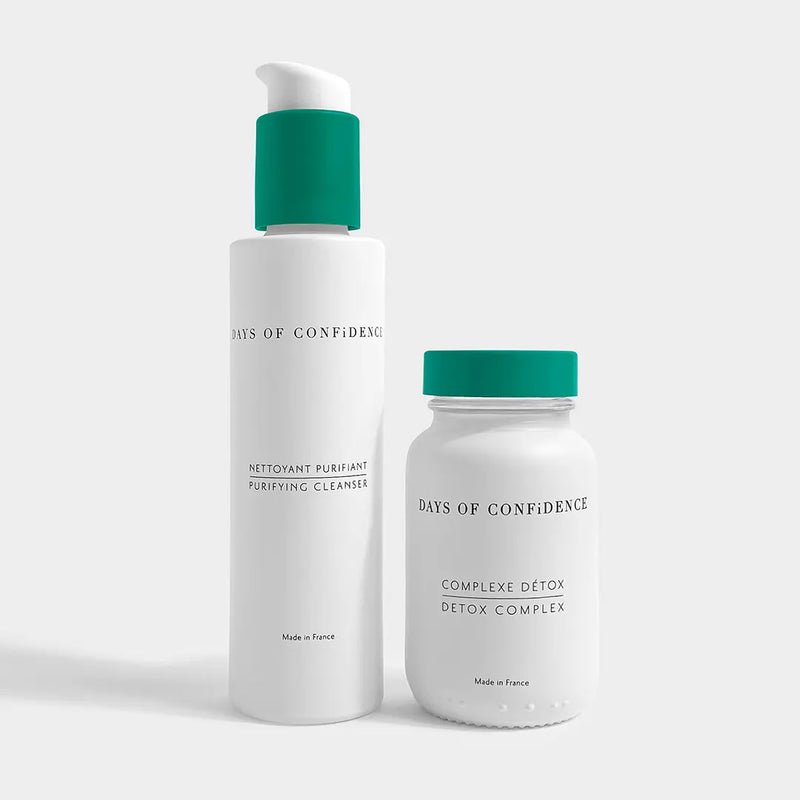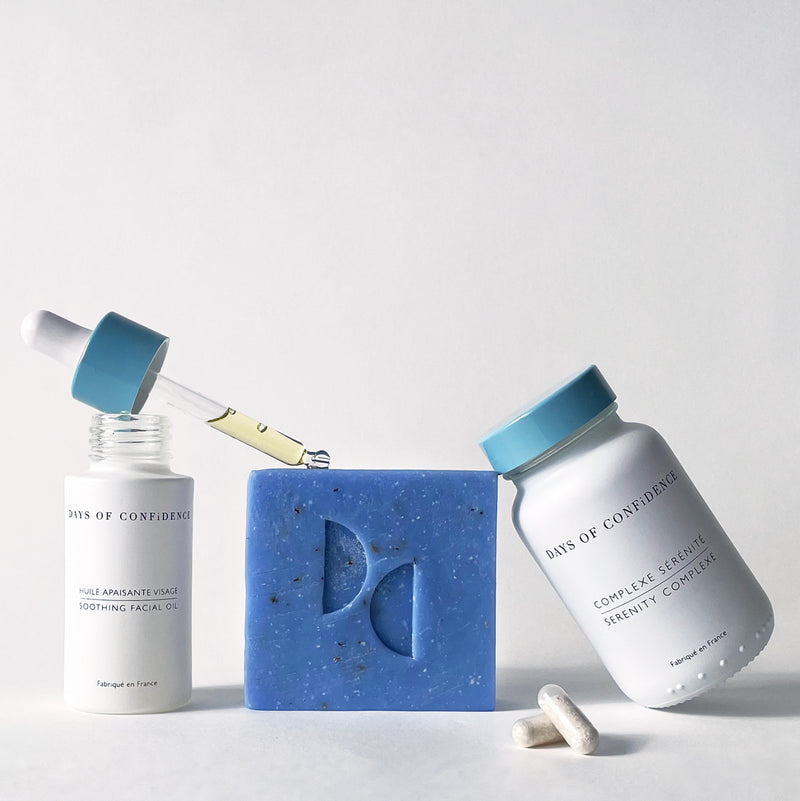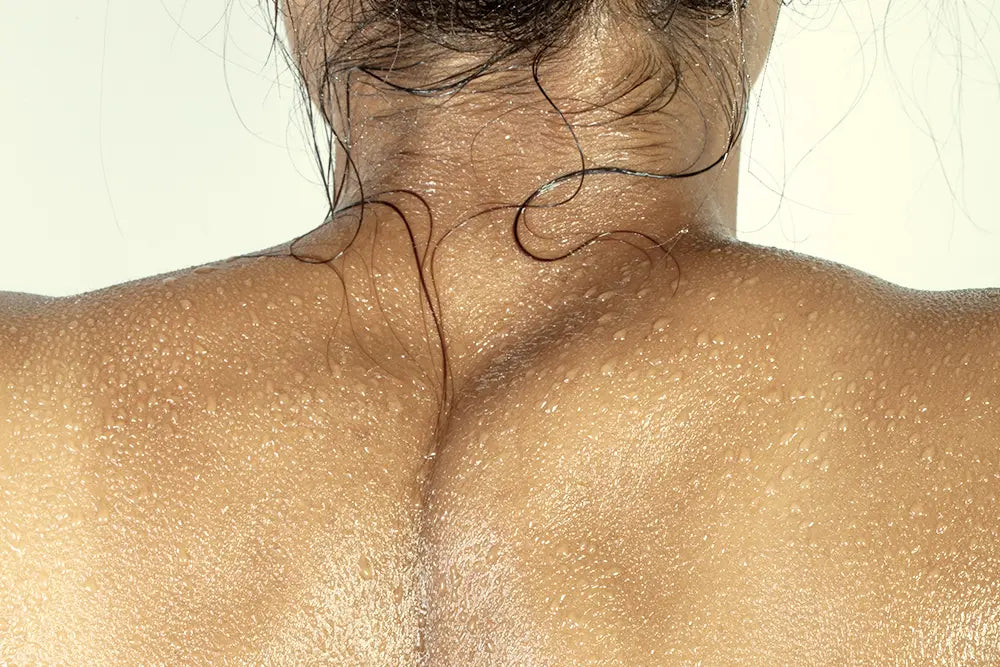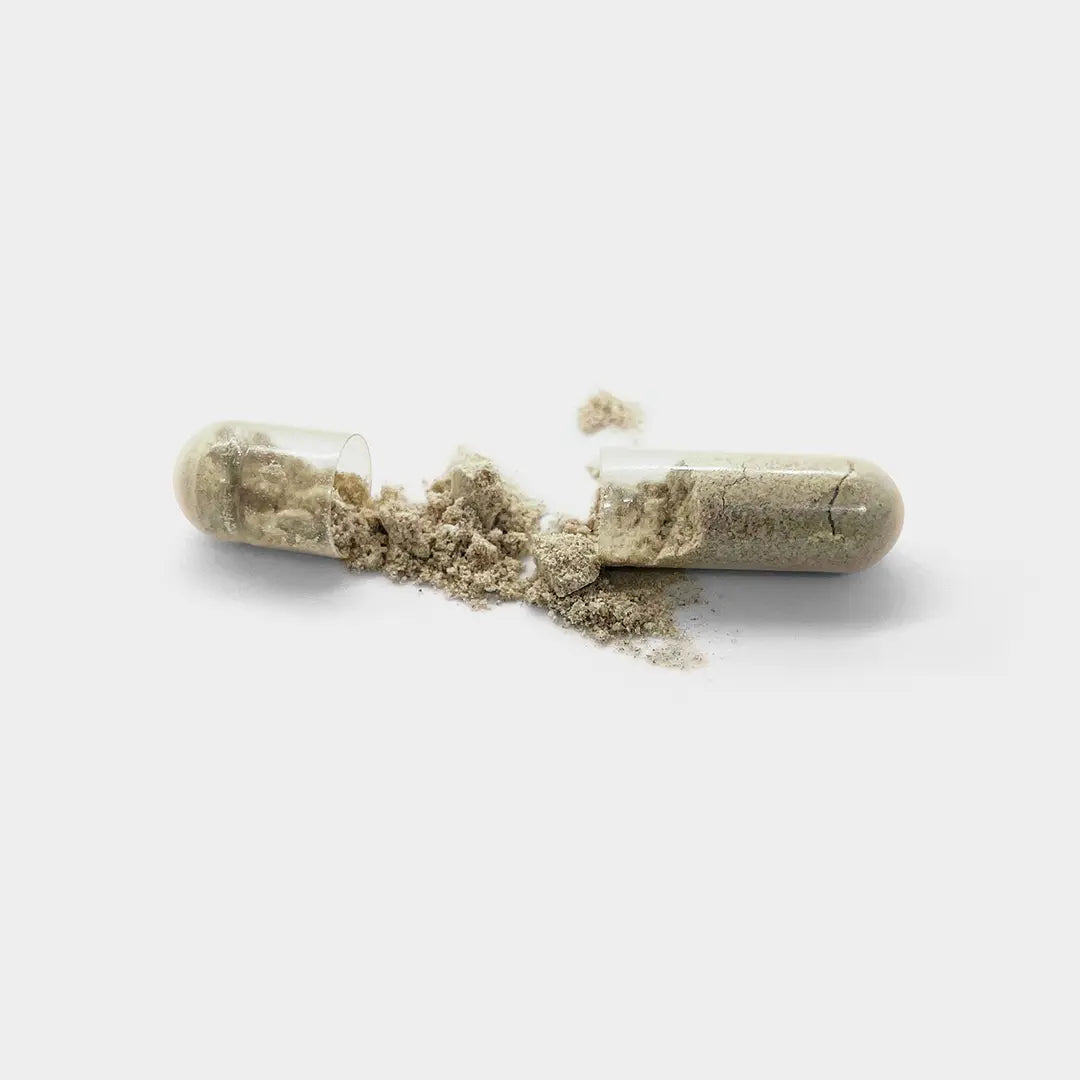Hippocrates (Greece, 460-377 BC) said: “Of all the components of our humors (note: our bodily fluids), it is the acid which has the most harmful repercussions”. It is now joined by the most recent scientific publications! Acid-base balance has been talked about for a long time as a health issue, discover its impact on the quality of the skin.
What is acid-base balance?

Blood pH (potential hydrogen) is one of those constants whose maintenance is quite simply vital for the proper functioning of the body. It varies little, between 7.38 and 7.42. Below this range, we speak of metabolic acidosis. Above, alkalosis. This permanent pH regulation mechanism involves many systems: kidneys, lungs, liver-intestinal and “buffers” located inside blood cells. However, these aids are not infallible and the ability to eliminate acids decreases with age. Acidosis is thus the most common problem in terms of acid-base balance. Its picture is vast: it can manifest itself by increased fatigue, muscle weakness, joint pain, heartburn, heart rhythm disturbances, hair loss, brittle nails, demineralization of the teeth or even kidney stones.
Do you feel concerned? The urinary pH, which can be easily tested using strips available in pharmacies, allows self-diagnosis provided that several measurements are taken over at least 3 consecutive days. Did the test come back positive? Do not panic ! Against the excess of acidity, a simple adaptation of the diet and lifestyle in the broad sense can most of the time restore the balance.
Acidode and skin health

The skin serves us above all as an organ of protection and regulation, in particular thermal. But these are not its only functions. Considered as an emunctory in its own right, it is capable of eliminating excess acids on its surface on the one hand, via the sweat glands, excess mucus on the other hand, via the sebaceous glands. In short, we find in sweat the same waste products that are eliminated by the kidneys in urine. When there are too many acid-type toxins - otherwise known as crystals - the skin can no longer eliminate everything. It is generally dry, easily irritated and skin pathologies such as eczema, psoriasis or erythema (localized redness) may appear. Metabolic acidosis can also lie at the root of acne problems, providing a breeding ground for inflammation. Finally, long-term hyperacidity leads to a loss of elasticity in connective tissues (skin, but also blood vessels). This is the ideal breeding ground for cellulite.
The good news, because there is one, is that by stopping the accumulation of these acid overloads, skin problems can completely disappear and skin repair is particularly rapid.
How to set up an alkaline diet?

During digestion, the foods we eat every day are transformed into substances that can either acidify or alkalinize the body. This metabolic effect has nothing to do with taste. That's the second piece of good news: we can make a big difference to skin problems linked to hyperacidity, through the way we eat. PRAL (Potential Renal Acid Load) is a measure of a food's acid power. It is calculated by determining the levels of acidic minerals (chlorine, phosphorus, sulfur) and basic or alkaline minerals (magnesium, calcium, potassium, sodium) found in 100g of the food in question, taking into account its intestinal absorption coefficient.
In practice, an alkaline diet consists of:
-
limit the consumption of meats, dairy products and processed foods high in salt and sugar;
-
drink plenty of low-mineralized water (2 liters per day);
-
give preference to alkalizing foods providing the bases necessary for the neutralization of acids (mainly vegetables and fruits) by reserving a large part of the plate for them, especially at dinner time;
-
replace refined cereals (rice, pasta, etc.) with foods rich in complex carbohydrates such as potatoes, sweet potatoes or chestnuts.
Such dietary measures do not totally exclude acidic foods, as they remain essential to nutritional needs. To find the right balance, a ratio of 70% alkaline foods to 30% acidifying foods can be considered.
The following table allows you to find your way more precisely on a daily basis:
| Highly alkaline foods | Eggplant, avocado, beet, carrot, cucumber, endive, spinach, turnip, sweet potato, black olive, black radish, vegetable juice, sprouted seeds, cranberry, blackberry, grape, dill, chives, dandelion, cinnamon, turmeric, dried apricots, dates, dried figs, raisins, spirulina, wakame. |
| alkaline foods | Artichoke, broccoli, celery and celeriac, mushroom, cabbage, squash, cress, green bean, lettuce, corn, onion, parsnip, pea, leek, bell pepper, potato, tomato, apricot, banana, blackcurrant, cherry, chestnut, lemon, strawberry, redcurrant, kiwi, melon, orange, grapefruit, watermelon, peach, pear, apple, plum, rhubarb, hazelnut, parsley, agar-agar, chicory, ginger, miso, soy, tamari, oysters, brown rice, red wine. |
| Neutral foods | Sesame seeds, sunflower seeds, olive oil, butter, avocado oil, coconut oil, rapeseed oil, sesame oil, sunflower oil, honey, quinoa, tea. |
| acidic foods | Asparagus, Brussels sprouts, white and kidney beans, almonds, coconut, jams, fruit in syrup, lamb, egg whites, cheeses (cow, goat, sheep), cow's milk, pork, yoghurts, lentils, wholemeal bread, white and wholemeal pasta, coffee, chocolate. |
| Highly Acidic Foods | Green olives, peanuts, walnuts, pistachios, candied ginger, white and brown sugars, beef, cod, turkey, herring, egg yolks, mussels, parmesan, chicken, sardines, sausage, salmon, tuna, trout, veal, white and wholemeal flours, oat flakes, barley, white bread, tapioca, millet, industrial fruit juices. |
As you can see, the alkaline diet is your skin's ally. Dietary supplements and natural cosmetics can effectively support this approach.
Within our Radiance range, the Radiance Complex (Milk Thistle, Micro Algae, Grape, Pale Rose) supports the depurative action of the liver and the Radiance Facial Cream , rich in fruit extracts (Raspberry, Mango, Cranberry) , promotes the elimination of toxins.
Finally remember that if a diet rich in alkaline foods is a fundamental pillar of the acid-base balance in the broad sense, and therefore of the good health of the skin, the other axes of work should not be neglected. Stress, lack of sleep and lack of physical activity (editor's note: under-oxygenation) are also very large providers of acids. So, take care of yourself, in the most holistic way possible!
Sources:
The little book of acid-base balance Hafida Alilou
Naturopathy for Dummies Anne-Claire Meret and Anne-Marie Narboni
Natural cuisine Marc Le Quenven and Cameil Kaundart

